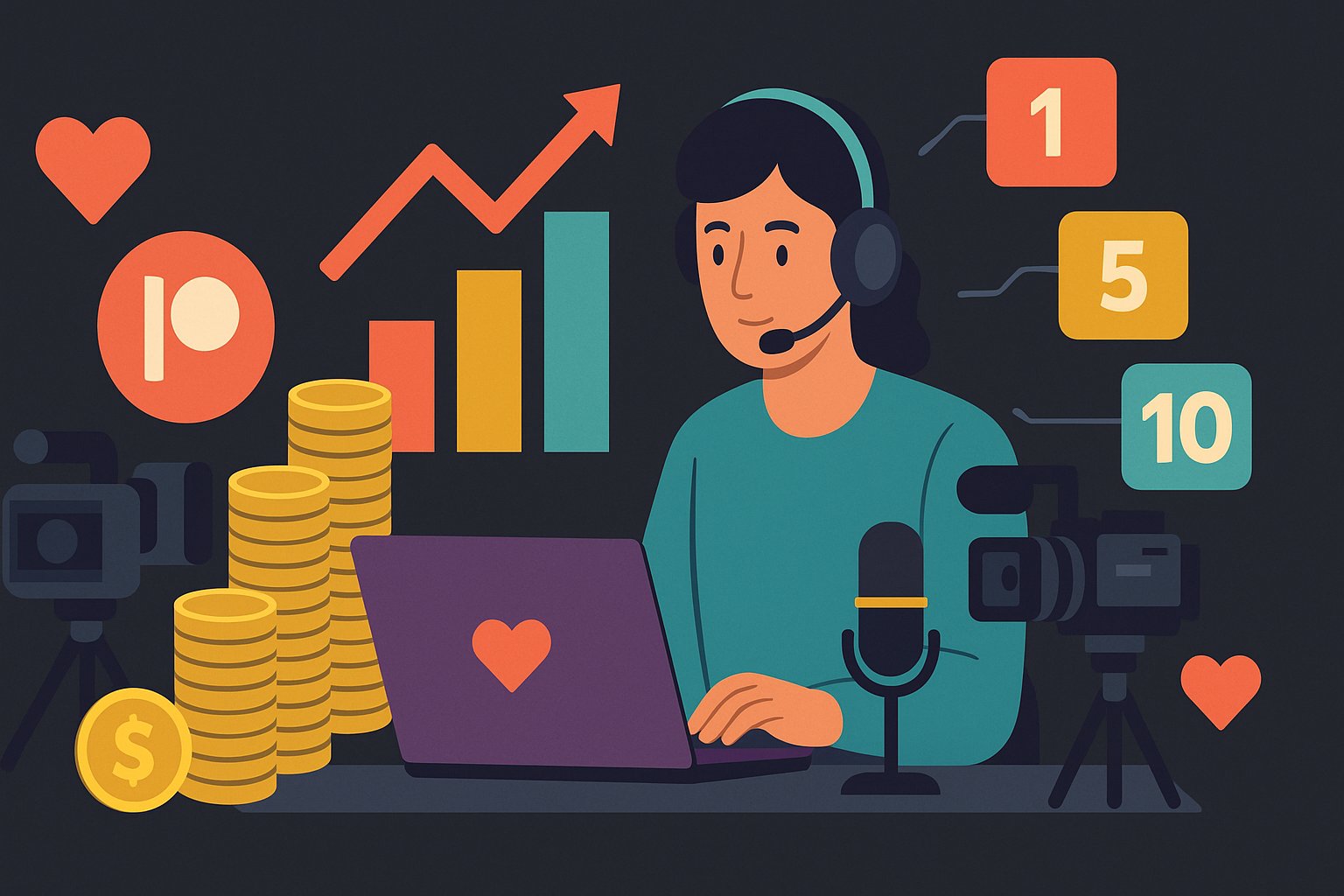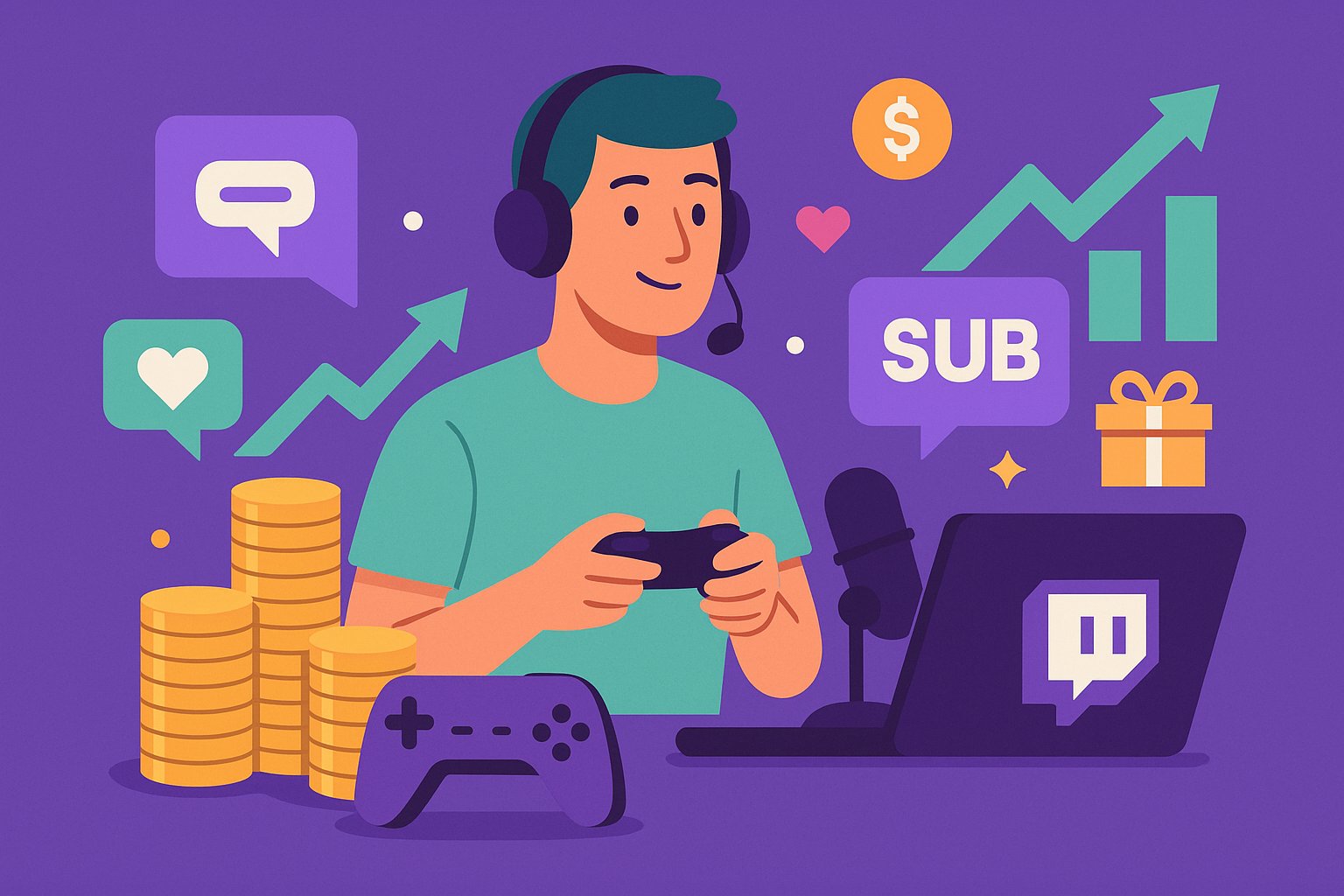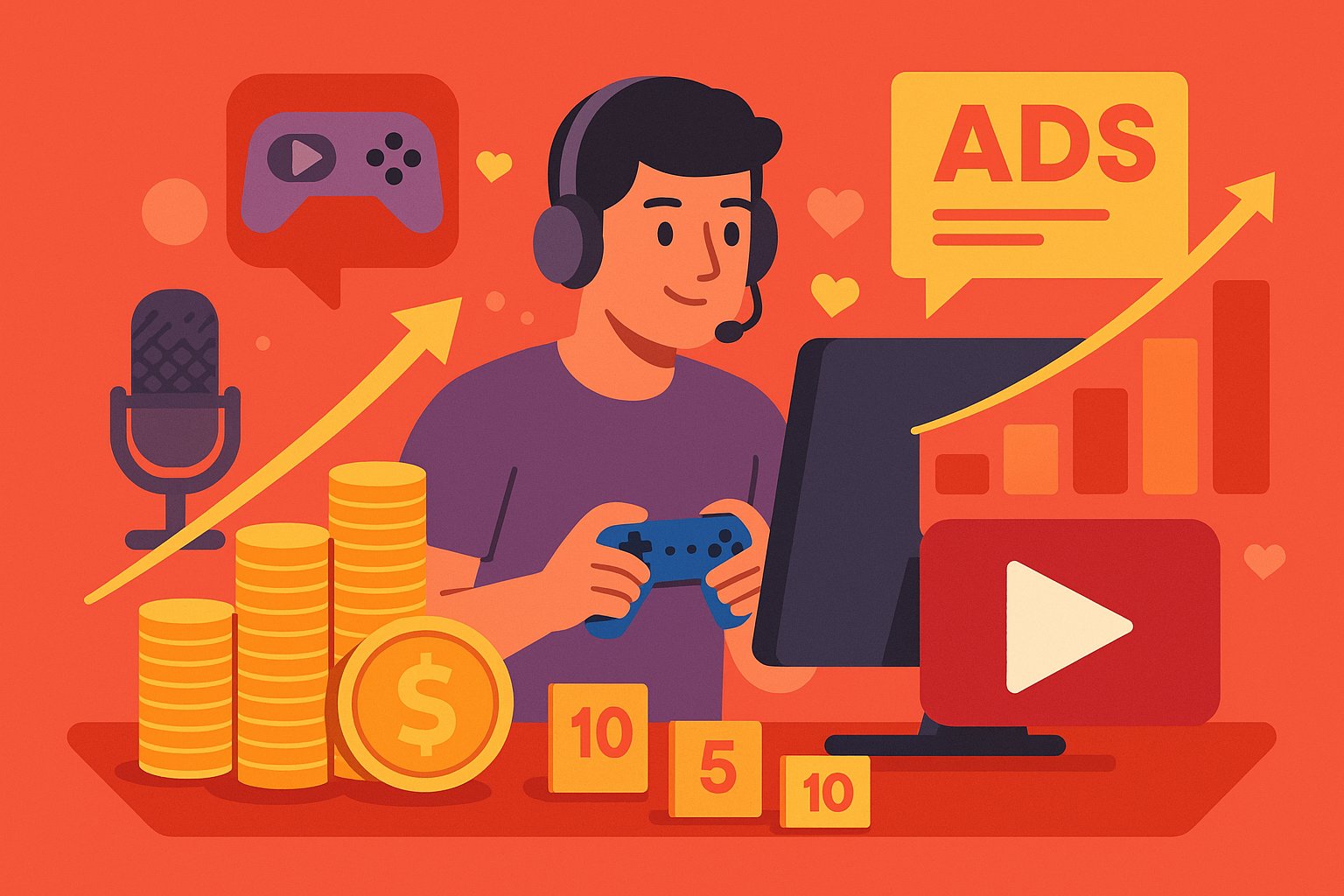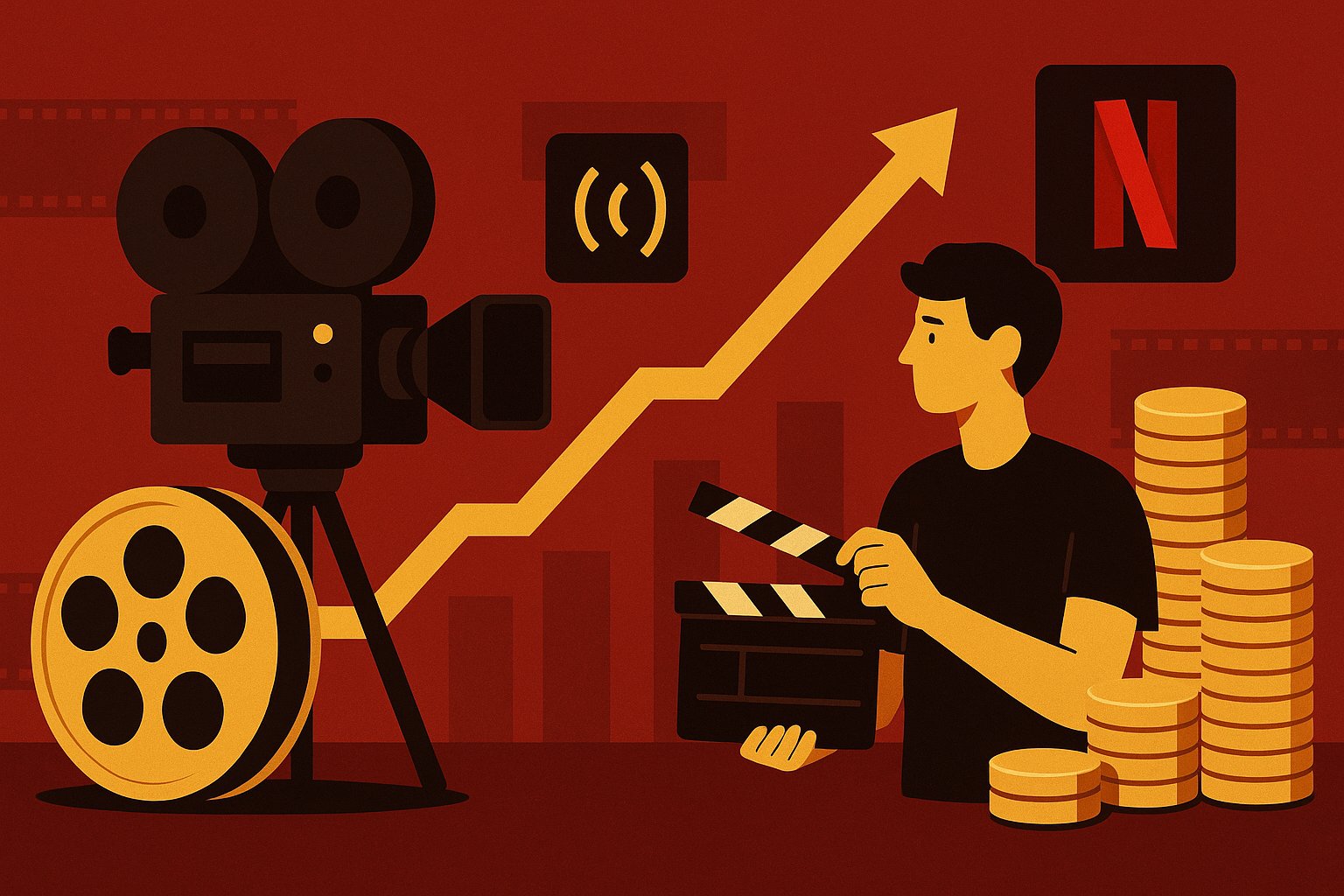The Subscription Revolution: Redefining Creator Support
A few years ago, content creators navigated an ecosystem dominated by advertising metrics and one-off sponsorships that left incomes volatile and unpredictable. The advent of Patreon introduced a seismic shift in how fans support their favorite artists, writers, podcasters, and video makers. By pioneering a subscription-based membership platform, Patreon moved the conversation from transactional payments to ongoing relationships. Instead of chasing ad impressions or one-time product launches, creators could cultivate a dedicated base of patrons eager to invest directly in their work. This subscription revolution not only stabilized revenue streams but also realigned the balance of power—granting creators autonomy over their content and fostering deeper community ties that transcended the fickle rhythm of social media algorithms.
Unpacking Patreon’s Tiered Framework
At the heart of Patreon’s success lies its tiered revenue-share model, a system built around offering patrons multiple levels of access, perks, and engagement. Creators draft membership tiers—each with escalating benefits such as early access to episodes, behind-the-scenes content, exclusive live streams, or personalized thank-you messages. Patrons choose the level that matches their enthusiasm and budget, typically paying a recurring fee each month. Patreon’s platform fee, combined with payment processing charges, scales modestly with the creator’s earnings, but the core innovation is how revenue is divided: creators retain the lion’s share—often around 90 percent after platform costs—while Patreon reinvests to sustain platform improvements. This transparent, tiered revenue split encourages creators to design compelling rewards that justify each price point, transforming passive viewership into active support.
Aligning Incentives: How Tier Levels Drive Engagement
Tiered membership isn’t merely about increasing revenue; it’s a behavioral science engine that aligns creator and patron incentives. When a fan opts for a higher tier, they’re signaling not just financial commitment but also a desire for deeper connection. Creators respond by tailoring content to reflect patrons’ elevated stakes—hosting Q&A sessions, soliciting creative input on upcoming projects, or providing raw draft materials for feedback. This exchange fuels a virtuous cycle: as content quality and intimacy rise, patrons feel valued and are more likely to sustain or even upgrade their pledges. Lower tiers, offering modest perks like early previews, serve as entry points that introduce new fans to the rewards ecosystem, fostering gradual upsells over time. By structuring tiers with clear value ladders, creators harness human psychology—recognition, reciprocity, and community belonging—to transform one-time viewers into lifelong supporters.
Financial Impacts: From Ad Revenue to Sustainable Income
Patreon’s tiered model has fundamentally reshaped income predictability for creators. Instead of relying on the capricious peaks and troughs of ad revenue, membership fees arrive with clock-like regularity. This stability enables more ambitious long-term planning—budgeting for equipment upgrades, hiring collaborators, or dedicating full workweeks to creative projects. Many creators report that once they reach a critical mass of patrons, their monthly earnings eclipse former ad-based incomes, providing a living wage that sustains artistic experimentation. Moreover, the sizable proportion of revenue that creators keep after Patreon’s fees—typically 5 to 12 percent depending on the plan—ensures that the lion’s share of patron contributions fuels content creation rather than platform overhead. In aggregate, Patreon has paid out over $4 billion to creators, a witness to how tiered revenue shares can elevate independent artistic careers from side-hustle passion projects to full-time professions.
Case Studies: Creators Who Thrived with Patreon
Real-world success stories illuminate Patreon’s transformative power. Cartoonist Sarah Andersen, renowned for her “Sarah’s Scribbles” web comics, built a flourishing patron base by offering exclusive sketches and monthly Q&A chats. Her tiered approach turned casual followers into dedicated patrons, funding the production of published book collections and animated shorts. Similarly, podcaster Scott Alexander leveraged Patreon tiers to underwrite deep-dive episodes, releasing back-catalog content to higher-level supporters and live-recording shows with small studio audiences. In the gaming sphere, indie developer Red Claw Games unlocked stretch goals and bonus levels for patrons, directly linking development milestones to membership revenue. These examples underscore a common theme: by crafting tier rewards that resonate authentically with their community, creators harness Patreon’s revenue split to not only meet financial goals but to accelerate creative ambitions.
Behind the Scenes: Technology Powering Tiered Payouts
Under the hood, Patreon’s technology infrastructure plays a vital role in sustaining tiered revenue distributions. A robust billing system automates monthly charge cycles, retrying failed payments and aggregating transactions into consolidated payouts. Creators access intuitive dashboards that break down earnings by tier, identify churn rates, and forecast future income based on membership growth trends. API integrations allow seamless delivery of gated content—be it private RSS feeds for patrons, subscriber-only Discord channels, or direct download links—ensuring that reward fulfillment scales smoothly as patron counts rise. Moreover, Patreon’s security and compliance frameworks handle sensitive payment information, freeing creators from PCI-DSS burdens and enabling global payouts via multiple currencies. By abstracting away operational complexities, Patreon lets creators focus on value delivery rather than the nuts and bolts of subscription management.
Community Dynamics: Fostering Loyalty and Growth
Beyond economics and technology, Patreon’s tiered model fosters a unique community dynamic that transcends traditional fan-creator relationships. Patrons gain a sense of collective identity—often naming tiers with community-themed labels or milestones that celebrate shared progress, such as “Founding Members” or “Inner Circle.” This communal spirit ignites peer motivation: patrons recruit friends to join, swap tips on maximizing their membership benefits, and even collaborate on fan-curated events. Creators amplify this solidarity by spotlighting top patrons in livestream shout-outs, hosting collaborative content-creation sessions, and acknowledging patron-led initiatives, from fan-art contests to community-driven charity streams. The result is a self-reinforcing ecosystem where financial support fuels community engagement, which in turn attracts new patrons and strengthens revenue streams.
Comparing Patreon to Other Platforms
While other membership and crowdfunding services have emerged—such as Ko-fi, Substack, and Buy Me a Coffee—Patreon’s distinctive tiered revenue split remains a gold standard for many creators. Unlike one-off donation models, Patreon’s recurring pledges provide dependable cash flow. Substack focuses on newsletter publishing and applies its own fee structure, but lacks the multimedia integrations Patreon offers for video, audio, and art. Ko-fi appeals with zero platform fees for basic donations but doesn’t natively handle sophisticated tiered rewards and automated billing at scale. Patreon’s balance of flexible tier design, transparent fee structure, and comprehensive creator tools continues to set it apart, making it the go-to choice for those seeking sustainable membership income.
Strategic Tips: Maximizing Tiered Revenue on Patreon
Creators aiming to supercharge their Patreon earnings should approach tier design and community engagement as strategic imperatives. Begin by mapping patron personas—casual fans, superfans, and brand advocates—and tailor tier perks that align with each group’s motivations, whether it’s insider knowledge, direct influence on creative direction, or branded merchandise. Schedule regular “tier previews” in public channels to intrigue new followers without compromising exclusivity. Implement tier–specific milestones, such as unlocking a bonus podcast episode when the “Supporter” tier surpasses 200 patrons, driving shared investment in growth. Communicate consistently through monthly updates that highlight how patron contributions directly fuel specific projects. Finally, analyze churn drivers—often unmet expectations or reward delivery delays—and refine fulfillment processes to ensure patrons experience the benefits they value most.
The Road Ahead: Evolving Monetization Models
As the creator economy matures, we can anticipate further evolution in membership and monetization models. Hybrid structures may blend one-time crowdfunding campaigns with ongoing Patreon tiers, giving creators the best of both worlds: capital for ambitious projects plus stable subscription revenue. Integration with emerging technologies—such as blockchain-based membership NFTs that grant lifetime tier access—could deepen exclusivity and secondary-market value for patrons. AI-driven personalization engines might tailor content recommendations within tiered memberships, enhancing individual patron experiences. Regardless of the specific innovations, the underlying principle remains: empowering creators to monetize their work directly while nurturing genuine fan communities. Patreon’s tiered revenue share framework has laid the foundation, and future developments will build upon this blueprint to further democratize creative livelihoods.
The New Economics of Creative Work
Patreon’s tiered revenue share model marked a turning point in the economics of creative work, transforming unpredictable ad-based incomes into sustainable membership streams. By enabling creators to craft multiple tiers of value, align incentives with community engagement, and retain the vast majority of their earnings, Patreon has fueled a new wave of independent artistic endeavors. From cartoonists and podcasters to game developers and educators, creators leverage tiered structures to underwrite ambitious projects, forge meaningful fan relationships, and chart long-term career trajectories. As the platform continues to innovate and the creator economy expands, the lessons of Patreon’s success—transparent revenue splits, strategic tier design, and community-centric engagement—will resonate across new monetization frontiers, forever altering how creators and fans co-write the story of creative collaboration.




